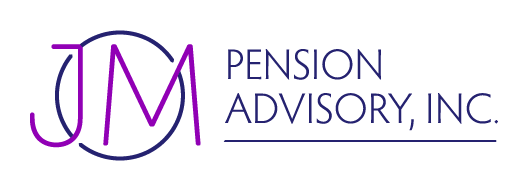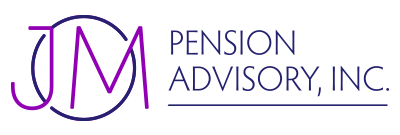SECURE Act 2.0
Important Changes, Now and Later
At the end of December 2022, President Biden signed the 2023 Consolidated Appropriations Act, which contains significant changes to employer-provided retirement plans. One of these changes is the modification and expansion of the 2019 SECURE Act (Setting Every Community up for Retirement Enhancement) – called the SECURE Act 2.0.
This article highlights the main impacts and changes in SECURE 2.0, in chronological order of their effective dates. (Please note, we did not include reference to SIMPLE or SEP plan changes.)
NOW (2023):
Your plan can be designed to rely on the employee’s written certification that the hardship distribution rules apply to his/her situation (no supporting documentation required to be submitted and reviewed/approved)
Retroactive sole-proprietor deferrals are allowed, limited to unincorporated sole proprietor with no employees
Participant can elect his/her vested employer contributions be made as Roth
Small financial incentives, such as a gift card, to encourage employees to participate in the 401(k) plan
403(b) plans can invest in collective investment trusts
Required Minimum Distribution age increases from age 72 to age 73
Reduced penalties apply if participant failed to take his/her RMD timely
Qualified Birth and Adoption Distribution repayments are now limited to three years, beginning on the day after distribution was received
The early distribution penalty of 10% will not apply to emergency personal expense distributions, withdrawal for domestic abuse victims, or distributions to a terminally ill participant
Plans that offer eligibility sooner than statutory requirements (age 21, one year of service) can carve out those employees into a separate group for providing top heavy minimums (if your plan is not safe harbor)
Disclosures are not required to be provided to unenrolled participants other than an annual reminder notice
PLAN YEARS AFTER 2023:
Student loan repayments can be matched like deferrals
A new type of plan, called a “Starter 401k Plan” will be offered. No testing is required. Only deferrals are allowed and are capped at $6,000.
403(b) plans can make hardship distributions
Plans can establish an “Emergency Savings Account” limited to after-tax contributions made from non-highly compensated individuals (IRS’ definition of highly compensated)
Catch-up contributions for participants whose prior calendar year FICA wages exceeded $145,000 must be made as Roth contributions, not pre-tax
Mandatory force-out threshold increases from $5,000 to $7,000
Qualified long-term care distributions are allowed
Retroactive amendment allowed to retroactively increase benefits or non-elective employer contributions as long as it is signed by the extended tax return due date (doesn’t apply to matching contributions)
PLAN YEARS AFTER 2024:
Individuals who are between the ages of 60 through 63 will be allowed to contribute a catch up equal to the greater of (a) $10,000 or (b) 150% of the catch-up amount in that year
New 401(k) and 403(b) plans are required to have automatic enrollment features starting at 3% of pay
Long-term Part-Time Employees who have two consecutive eligibility computation periods with 500 to 999 hours of service and attained age 21 must be allowed to participate in the plan
Mortality tables will be updated by IRS for Defined Benefit Plans
Annual Funding Notices will have additional language to include (Defined Benefit Plans only)
PLAN YEARS AFTER 2025 & 2026:
One annual paper statement must be provided to participants for defined contribution plans (DB plans remain at one annual statement every three years). (after 2025)
A Saver’s Match on certain qualified retirement contributions are matched by the Secretary of the Treasury as soon as practicable after employee has filed a tax return (after 2026)

